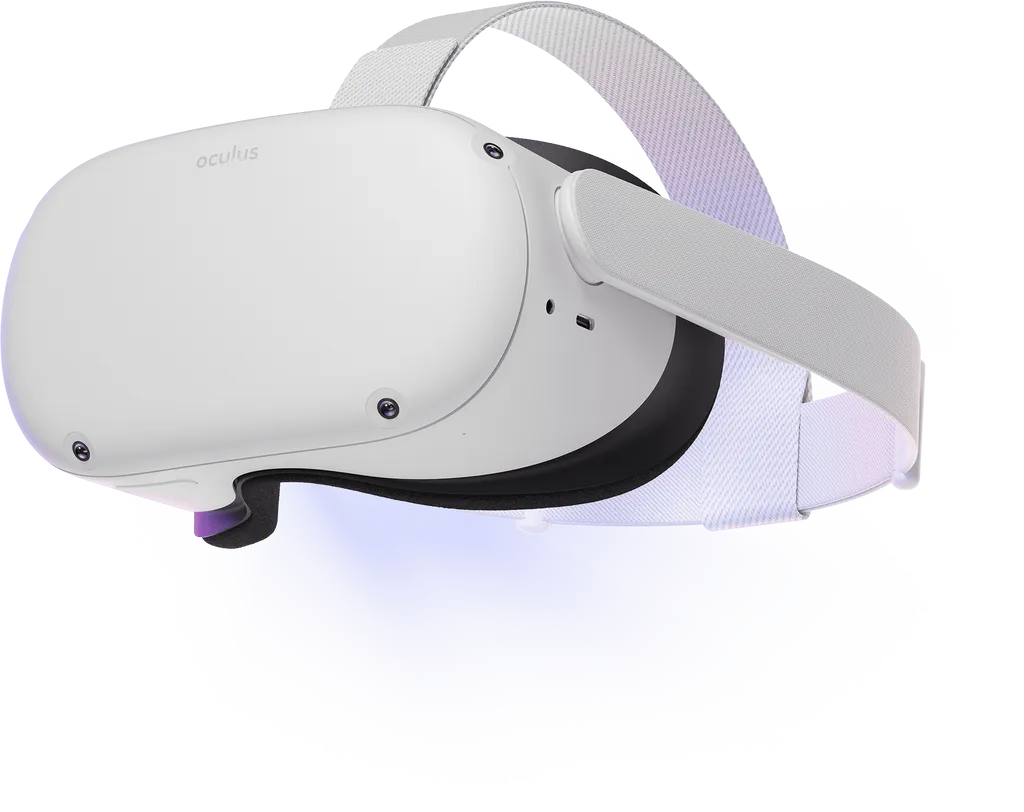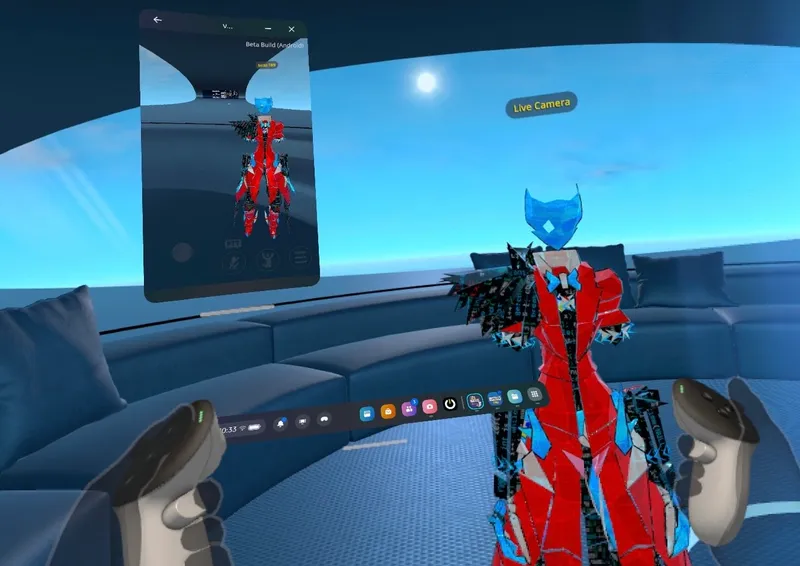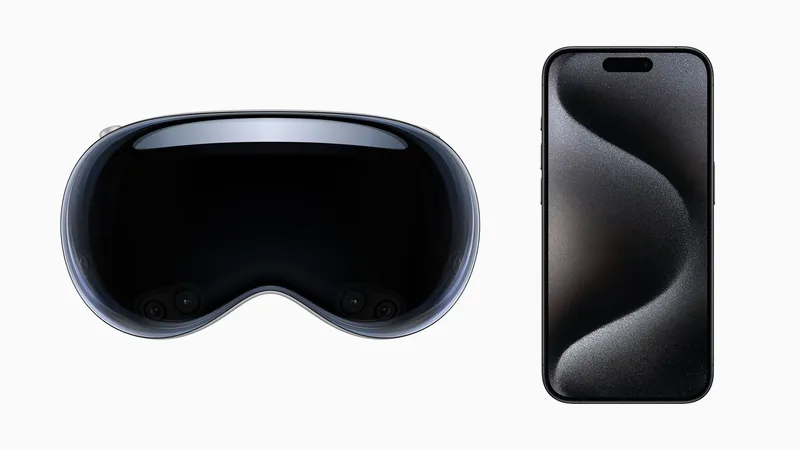With the continued success of the Oculus Quest 2 and the standalone VR form factor, there have been questions about the future of PC VR, the platform that started it all.
Other than the obvious technological barriers that existed in previous iterations of virtual reality over the decades, one of the critical components that I believe enabled this generation of VR is the amount of money invested in the platform. Namely, the cumulative billions of dollars that companies already spent to solve the most significant problems plaguing VR.
If you look at what most developers are doing today, they are primarily targeting Facebook’s Oculus Quest as their primary headset. Developers are incentivized to build for the platform with the most users and the platform that is most likely to generate a return on investment. This obviously influences where most developers announce new projects and which platform gets the most attention when there are new VR titles launched. While many titles do still get launches on PC in addition to the Oculus Quest, the majority of titles from established VR studios are ending up on the Quest first. This of course changes the market perception toward the Oculus Quest being the dominant platform for VR. Standalone VR is the natural evolution of mobile VR, which started with smartphone slot-in solutions and evolved into headsets like Oculus Quest and Lenovo Mirage Solo, with only one of those getting enough support to gain market success and share.
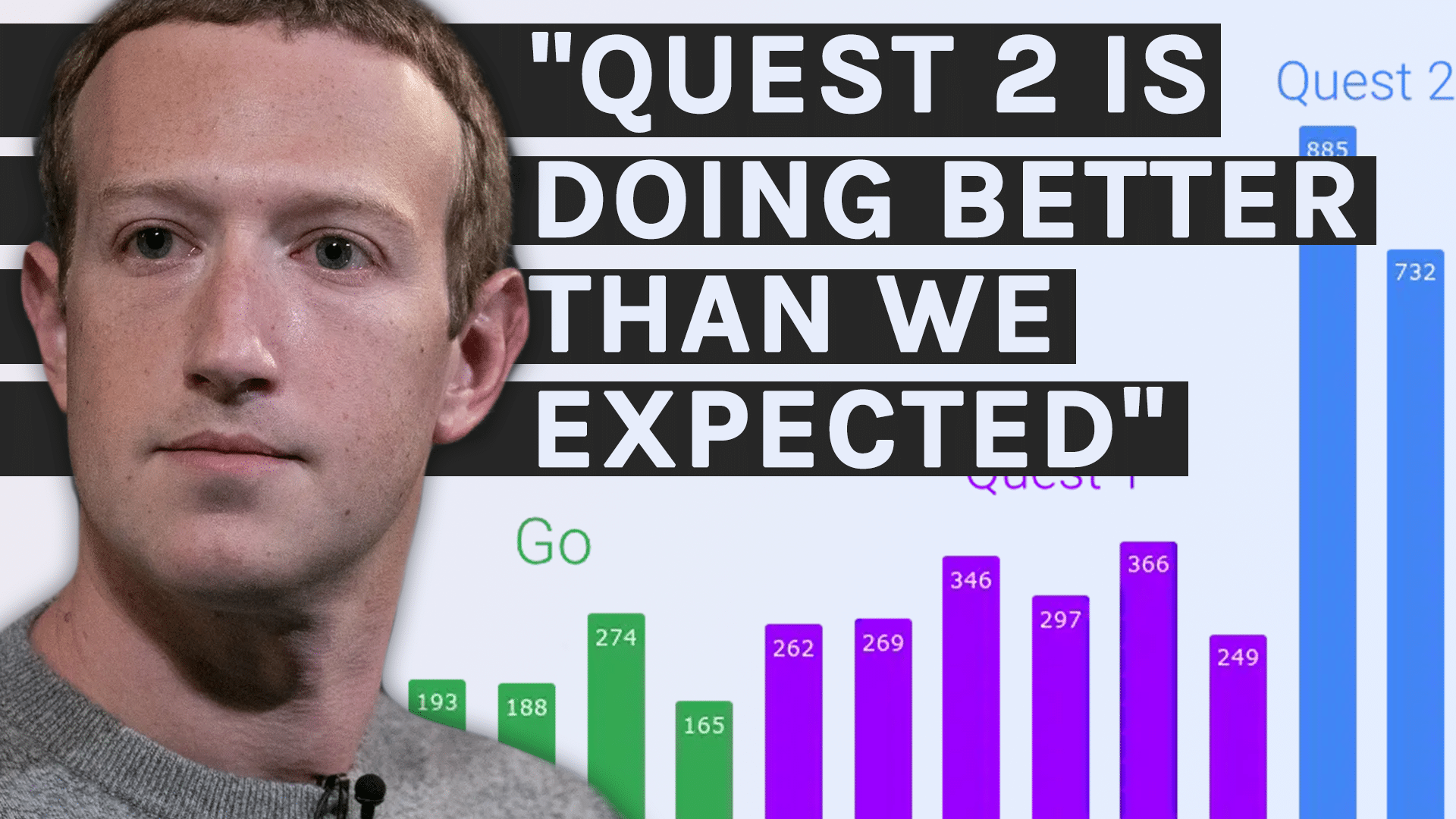
Speaking of success, one thing to consider is that none of the major headset makers have stated how many headsets they have sold other than Sony. Valve and Facebook, which both arguably lead the PC and mobile VR markets, respectively have not given any concrete volume numbers and revenue numbers are murky at best. Many of us within the industry are left to infer based on certain software sales and other indicators that might give us an idea, but don’t completely deliver a comprehensive number. There’s Valve’s Steam Hardware Survey, which serves as an interesting metric to consider, reporting 2.07% of Steam users with VR headsets and 38% of them are using Oculus Quests connected to their PC. The Quest is proving to be a great entry point for VR, but many users are realizing that they want more from their VR experiences and are connecting them to their gaming PCs or are building PCs to up-level their VR experiences. That all said, Quest 2 is the most comprehensive and affordable way to get into either mobile or PC VR and that’s one big reason why it sells so well.
The Power of PC
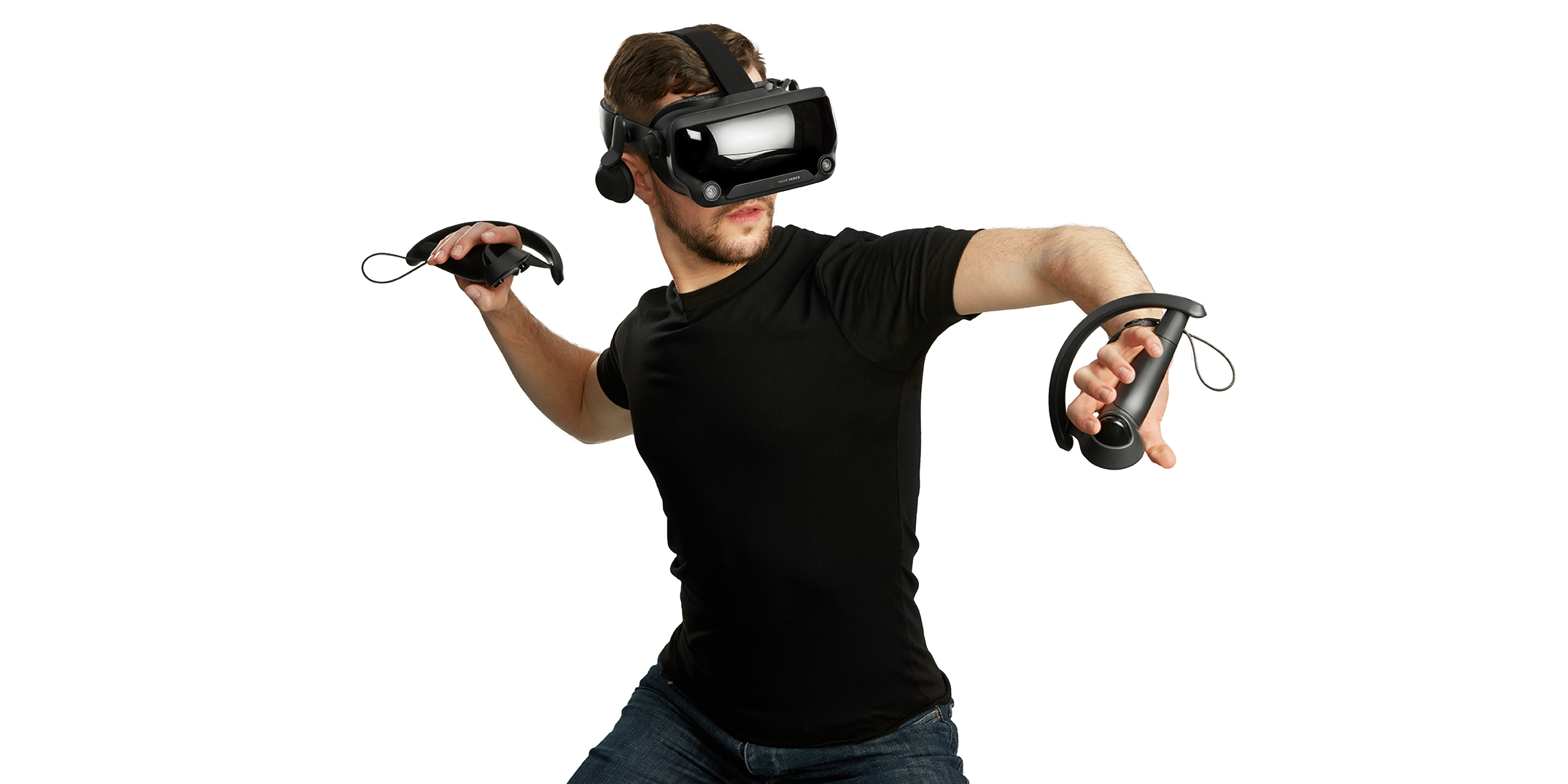
I like to think of VR’s future as tied to its inherent ability to serve as a kind of transporter between realities. This is simply something AR is designed not to do and, as a result, needs to rely on physical reality to combine it with a virtual one. Building virtual worlds that are comprehensive and engaging is extremely important to enable the suspension of disbelief and embrace VR immersion. However, as VR continues to improve in its ability to suspend disbelief, it will require increasing graphics horsepower, even with the advent of foveated rendering. While this will likely eventually scale to the cloud long-term, there will always be a niche group of users that want and need the absolute pinnacle of the VR experience. Those users are going to be PC VR users, likely forever.
For example, as the gaming industry flourished and grew, we first saw consoles become the predominant gaming platform and take the gaming crown away from the PC. Not long after that, though, the smartphone took that away from the console. And yet, today, the PC gaming industry is as big as ever because while the percentage of the total gaming market for the PC may have gotten smaller, the market’s total size is still vastly larger, and many users trickle up. According to Newzoo’s 2020 Global Games market report, the PC gaming market is worth $37 billion, and sure it isn’t consoles’ $45 billion or Mobile’s $77 billion, but putting that into a more useful perspective the entire game industry was worth roughly $37 billion in 1998, according to Pelham Smithers’ data. The PC will always be the premium experience for gamers, and with every new wave of platforms and new users, more of them explore and move onto PC because it continually proves to deliver the pinnacle gaming experience.
Currently, for consumers, the best VR experience still exists on PC with Valve’s Index controllers and SteamVR Tracking 2.0 tracking system paired with your headset of choice. That headset could be a Valve Index or an HTC Vive Pro 2.0, heck it could even be a Varjo VR-3 or a VRgineers Xtal. Why? Because the PC platform allows for flexibility with Valve’s SteamVR platform. Ultimately, if you want to experience the best in VR and have the highest fidelity experience, you will need PC VR. One significant component of that is that today standalone headsets are simply constrained by the limitations of physics and cooling and the computational limits of what’s possible in a mobile system on a chip. At the current moment, using ULBenchmarks 3DMark WildLife benchmark, an NVIDIA RTX 3080 Ti in my high-end gaming PC scores 106,019 points, while the same benchmark run on a Samsung Galaxy S21 Ultra with a Snapdragon 888 only scores 5,500. Oculus Quest 2 has an XR2 inside, which means that it is more like last year’s slower Snapdragon 865 than an 888. Even so, the latest and greatest of what’s possible today in a standalone VR headset is roughly 20 times slower than the fastest GPUs available for PC VR.
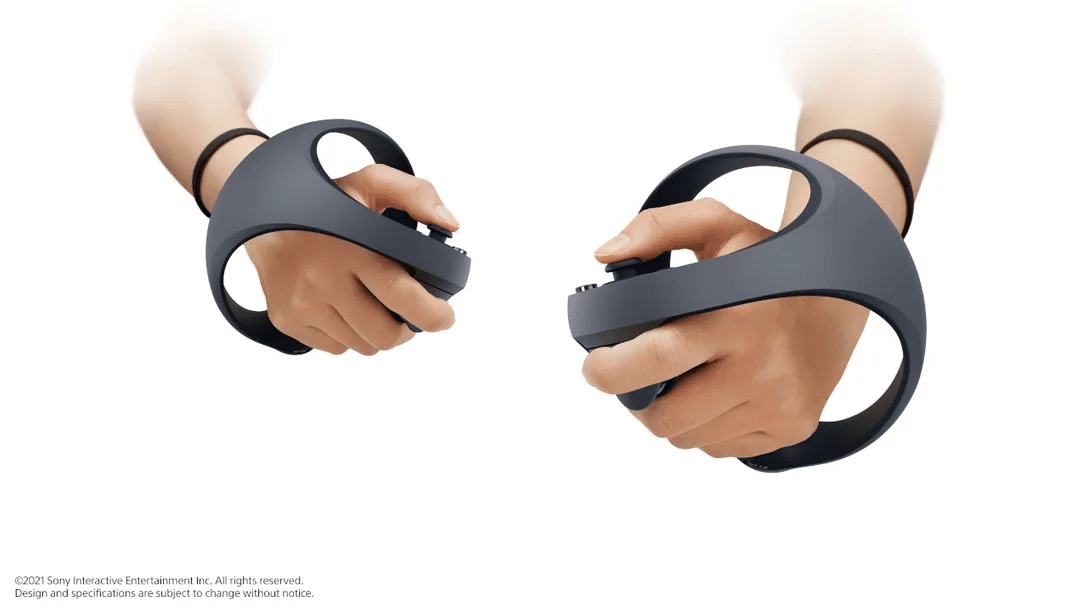
I do believe that console VR (namely PSVR) does have the ability to fill in some of the gap between what’s possible in a standalone VR headset and what’s possible inside a PC VR headset. However, PSVR competes far more directly with Facebook’s Oculus headsets than it does with PC because both are walled gardens with exclusivity and streamlined experiences. Cloud-based split rendering also has an opportunity to beef up the standalone gaming experience closer to what the PC offers, but even with GPUs in the cloud, I am not sure it will ever catch up with what’s possible inside of a local PC. Split rendering does exist locally with capabilities like Virtual Desktop and Oculus’ Air Link. Additionally, it still ignores all of the flexibility and endlessly customizable experiences possible on the PC, which will be lost in any cloud-enabled environment. Microsoft has given us a glimpse into the future with Windows 365 and cloud PCs, but it seems that most of the graphics horsepower today is dedicated to Xbox Game Pass. Even then, it’s still console-grade hardware which for the first time in many generations is even remotely close to what’s possible in the PC, at least for the moment. Games like Microsoft Flight Simulator already punish the fastest GPUs available and deliver a level of realism never before seen in a simulator game. Maintaining framerate is vital for a comfortable VR experience, and the more GPU horsepower you have to use, the higher your stable frame rates and the better visuals you can deliver.
PC VR still has room for improvement, especially in ease of use and stability but its flexibility and customization also makes it a different experience than standalone headsets or even consoles. PC VR, much like PC gaming, enables users to customize their experience to their liking, and that’s ultimately at the heart of what makes the PC such a fantastic platform. You can customize your PC VR experience based on the type of headset and controllers you like, or what your budget allows. The same cannot be said of any other VR platform today. I also believe that many of the advances we are seeing today in enterprise VR will help to improve the cost of consumer-grade PC VR hardware and introduce even higher resolutions as well as features like eye-tracking and other additional sensors. Yes, this does come off as somewhat of a love letter to the PC as a platform, but it currently is and will continue to be the ultimate platform for gaming and VR.
In the end, I expect that we will see Facebook’s current dominance of VR wane as players like Sony with its PlayStation VR retake some of the market share. Apple is still the wild card with a mixed expectation of what is expected to be an XR headset followed by an AR headset. But I believe we will see Microsoft continue to support PC VR along with Valve, and consumers will have a choice between standalone, console or PC VR experiences with varying levels of investment required. Much like the early days of VR, you will see most users gravitate toward mobile (standalone) headsets and then fewer into consoles and even fewer into PCs. This is ultimately how the total addressable market shakes out for the gaming market today, and I expect that VR will likely follow that path when you consider how much VR content for consumers is still primarily gaming. But once again, the PC will continue to be the pinnacle of the VR experience, much like it is today in gaming.
Disclosure: Anshel Sag is an analyst for Moor Insights & Strategy and, like all research and analyst firms, provides or has provided research, analysis, advising, and/or consulting to many high-tech companies in the industry. The author does not hold any equity positions with any companies cited in this column.

